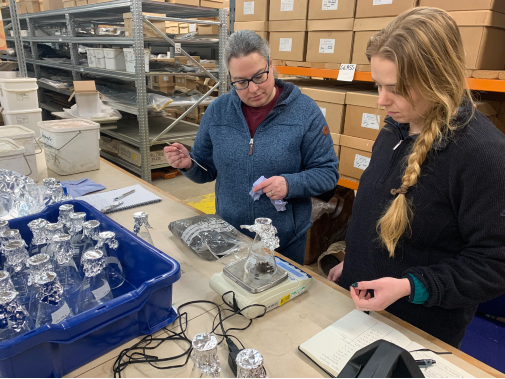Researchers have for the first time discovered evidence of microplastic contamination in archaeological soil samples.
The team discovered tiny microplastic particles in deposits located more than seven metres deep, in samples dating back to the first or early second century and excavated in the late 1980s.
Tiny particles
Preserving archaeology in situ has been the preferred approach to managing historical sites for a generation. However, the research team say the findings could prompt a rethink, with the tiny particles potentially compromising the preserved remains.
Microplastics are small plastic particles, ranging from 1μm (one thousandth of a millimetre) to 5mm. They come from a wide range of sources, from larger plastic pieces that have broken apart, or resin pellets used in plastic manufacturing which were frequently used in beauty products up until around 2020.
The study, published in the journal Science of the Total Environment, was carried out by the universities of York and Hull and supported by the educational charity York Archaeology.
Professor John Schofield from the University of York’s Department of Archaeology, said: “This feels like an important moment, confirming what we should have expected: that what were previously thought to be pristine archaeological deposits, ripe for investigation, are in fact contaminated with plastics, and that this includes deposits sampled and stored in the late 1980s.
Couldn’t this form a basis for arguing the anthropocene has begun, if the microplastics have become an identifiable geological marker?
Or maybe they could call it the “Plasticine”.




